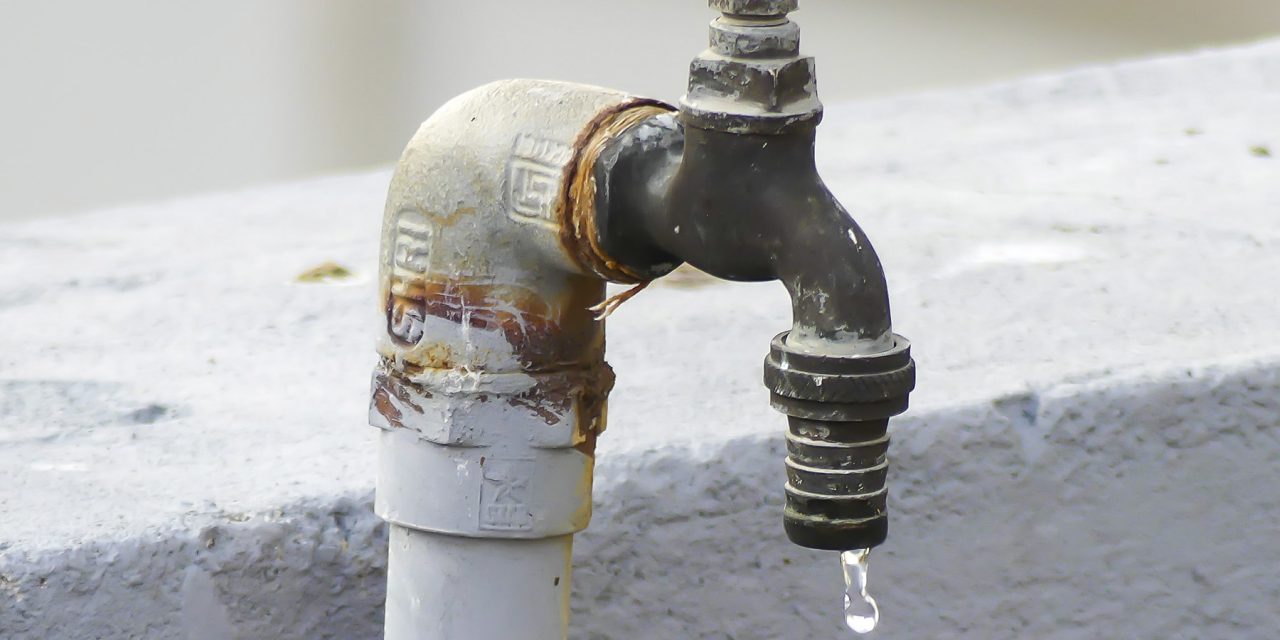Levels fo PFAS are below the California State Board Response Level
In December 2019, Atascadero Mutual Water Company (AMWC) was directed by the California State Water Board (Water Board) to sample five of its main production wells for perfluoroalkyl substances (PFAS) under the Water Board’s Monitoring Order. PFAS are a group of man-made compounds that have been manufactured and used in a variety of industries around the globe, including in the United States, since the 1940s. PFAS are very persistent in the environment.
Two PFAS compounds were detected in the five wells sampled by AMWC under the Water Board’s order – perfluorooctanoic acid (PFOA) and perflourooctanesulfonic acid (PFOS). The sampling results showed PFOA levels ranging from 3.5–19 parts per trillion (ppt) and PFOS levels ranging from 8.7–39 ppt. At the time, none of these wells had combined levels of PFOA and PFOS that exceeded the Water Board’s Response Level of 70 ppt.
Response Levels are established by the Water Board for contaminants that may be considered candidates for establishment of maximum contaminant levels (MCL) but have not yet undergone or completed the regulatory, standard-setting process. Response Levels are not drinking water standards; they are levels at which the Water Board recommends the water purveyor take additional steps to reduce public exposure to the contaminant.
In February 2020, the Water Board adopted new, lower Response Levels for PFOA and PFOS of 10 ppt and 40 ppt, respectively. Four of wells previously sampled under the Water Board’s order now had had PFOA levels above this newly adopted Response Level of 10 ppt. AMWC immediately took these wells out of service. They will remain out of service until AMWC can treat the water to reduce PFOA levels. AMWC’s ability to meet peak summer water demands may be hindered with these four wells out of service.
AMWC is actively pursuing treatment options to remove PFOA and PFOS from the water. Two water treatment methods that have proven effective are ion exchange and/or granulated activated carbon filters. Preliminary estimates indicate the capital cost for treatment by either of these methods for the four wells to be $1,600,000, and the annual operating cost to be $200,000. Consequently, AMWC anticipates the need to increase water rates to generate the revenue for constructing and operating the new treatment facility.
AMWC has taken the initiative to sample nine of its other production wells for PFOA and PFOS. There were no detections of either contaminant in five of the wells. Four had PFOA and PFOS levels well below the newly adopted Response Levels.
AMWC anticipates that the water it produces will need to be treated to a higher level in the future to meet ever-evolving, more restrictive drinking water standards. For this reason, AMWC is investigating a modular approach to water treatment that will maintain maximum flexibility in matching treatment processes with treatment requirements while minimizing the risk of stranding assets.
Attachment A provides more information on PFAS in drinking water.
If you would like additional information or have questions regarding the above, please contact AWMC’s General Manager John Neil at jneil@amwc.us or (805)464-5351.
For more information on PFAS, see the CDC website:













